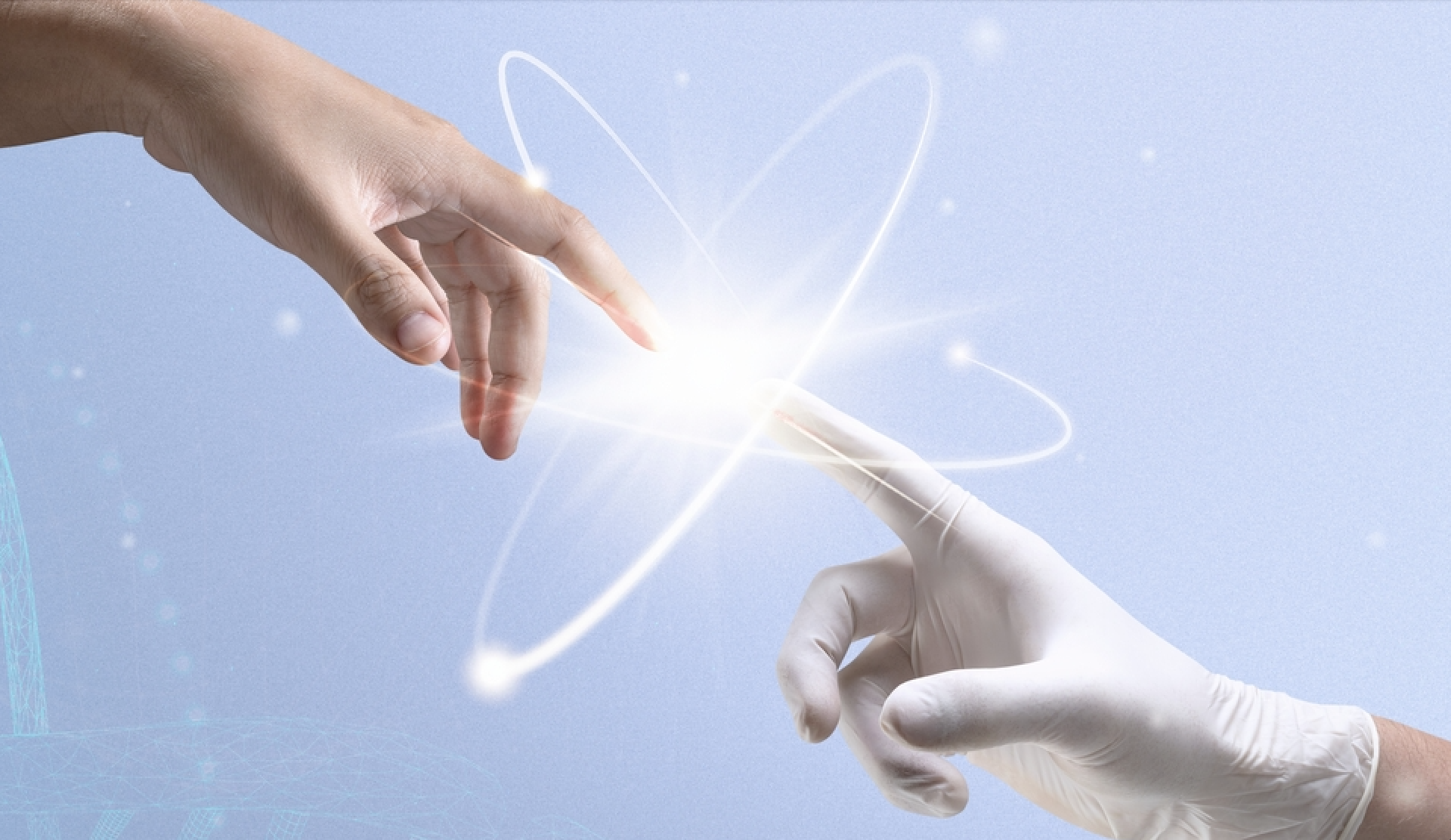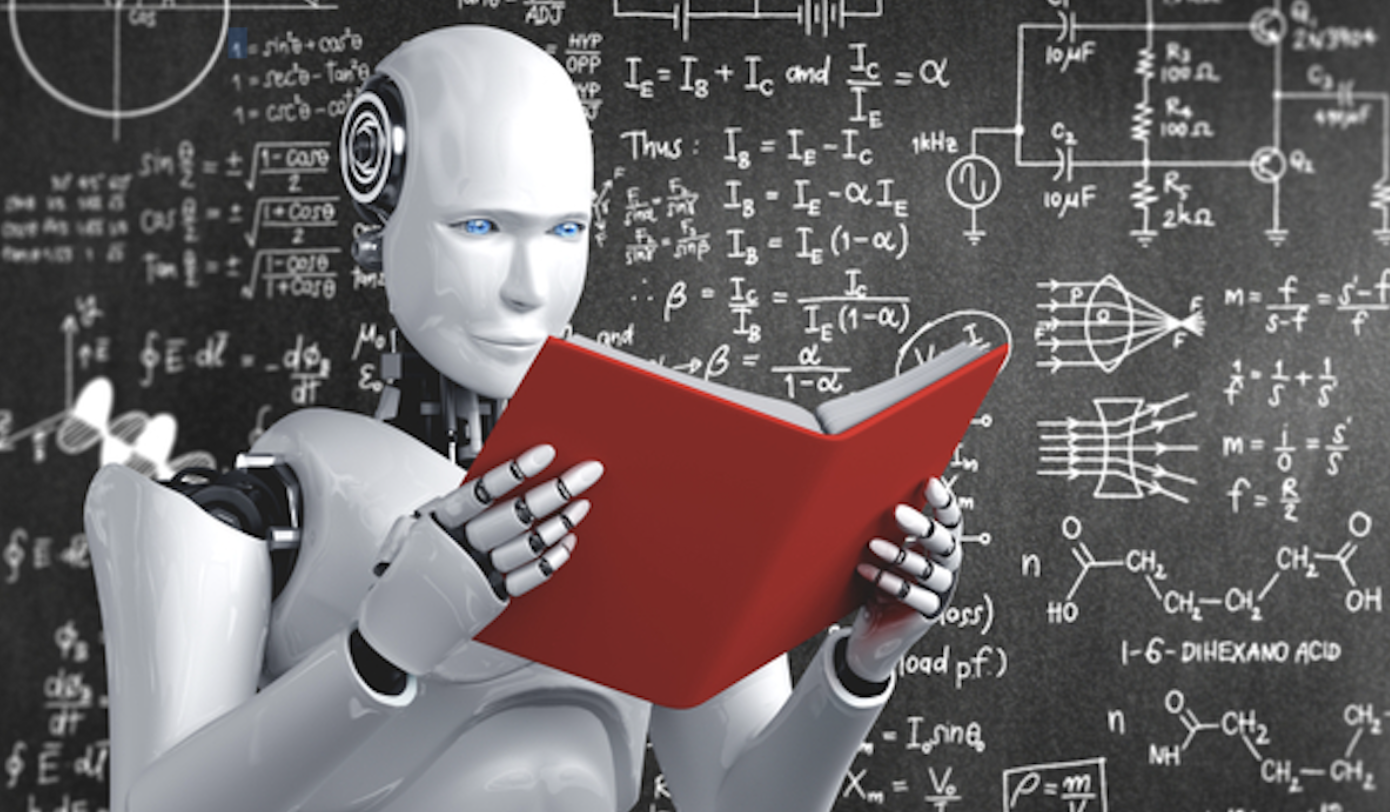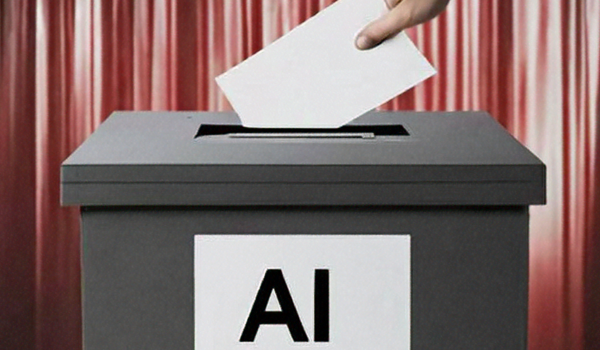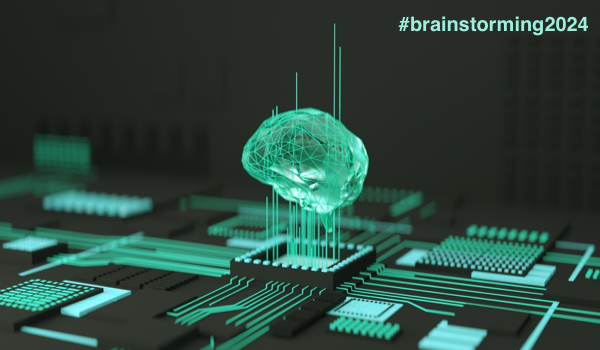

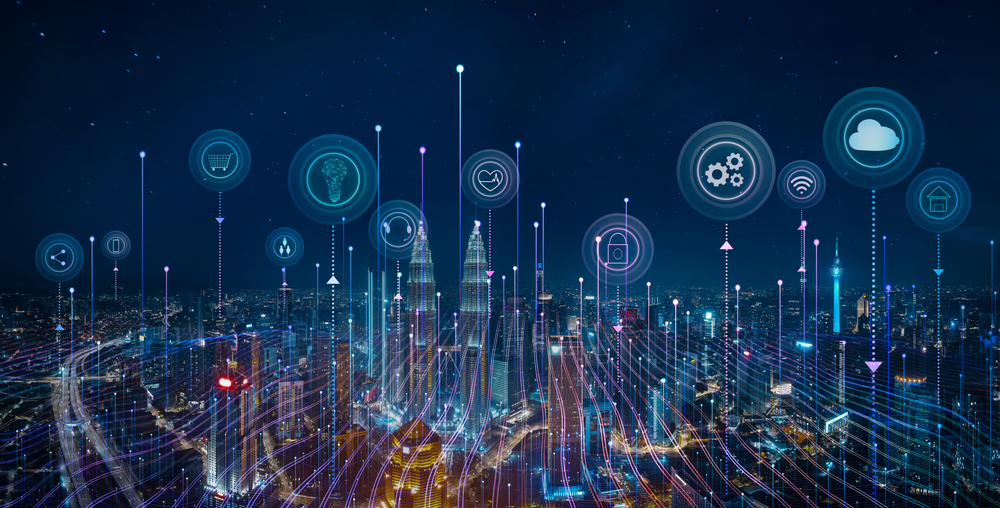
BRIGHTON, UK - Artificial intelligence (AI) already plays a major role in human economies and societies, and it will perform an even bigger part in coming years. To ponder the future of AI is to acknowledge that the future is AI.
This will be partly owing to advances in deep learning (DL), which uses multilayer neural networks first theorized in the 1980s. With today’s greater computing power and storage, DL is now a practical possibility, and a DL application gained worldwide attention in 2016 when it beat world Go champion Lee Sedol, an 18-time winner. Commercial enterprises and governments alike hope to adapt the technology to find useful patterns in Big Data of all kinds.
In 2011, IBM’s Watson marked another AI watershed by beating two previous champions in Jeopardy! - a game that combines general knowledge with lateral thinking. And yet another significant development is the emerging Internet of Things, which will continue to grow as more gadgets, home appliances, wearable devices, and publicly-sited sensors become connected and begin to broadcast messages around the clock. Big Brother won’t be watching you, but a trillion little brothers might be.
Beyond these innovations, we can expect to see countless more examples of what were once called expert systems: AI applications that aid, or even replace, human professionals in various specialties. Similarly, robots will be able to perform tasks that could not be automated before. Robots can already carry out virtually every function that humans once executed on a warehouse floor.
Given this trend, it is unsurprising that some people foresee a point known as the ‘Singularity,’ when AI systems will exceed human intelligence by intelligently improving themselves. At that point, whether it is in 2030
The content herein is subject to copyright by Project Syndicate. All rights reserved. The content of the services is owned or licensed to The Yuan. The copying or storing of any content for anything other than personal use is expressly prohibited without prior written permission from The Yuan, or the copyright holder identified in the copyright notice contained in the content. Continue with Linkedin
Continue with Linkedin
 Continue with Google
Continue with Google







 5574 views
5574 views

